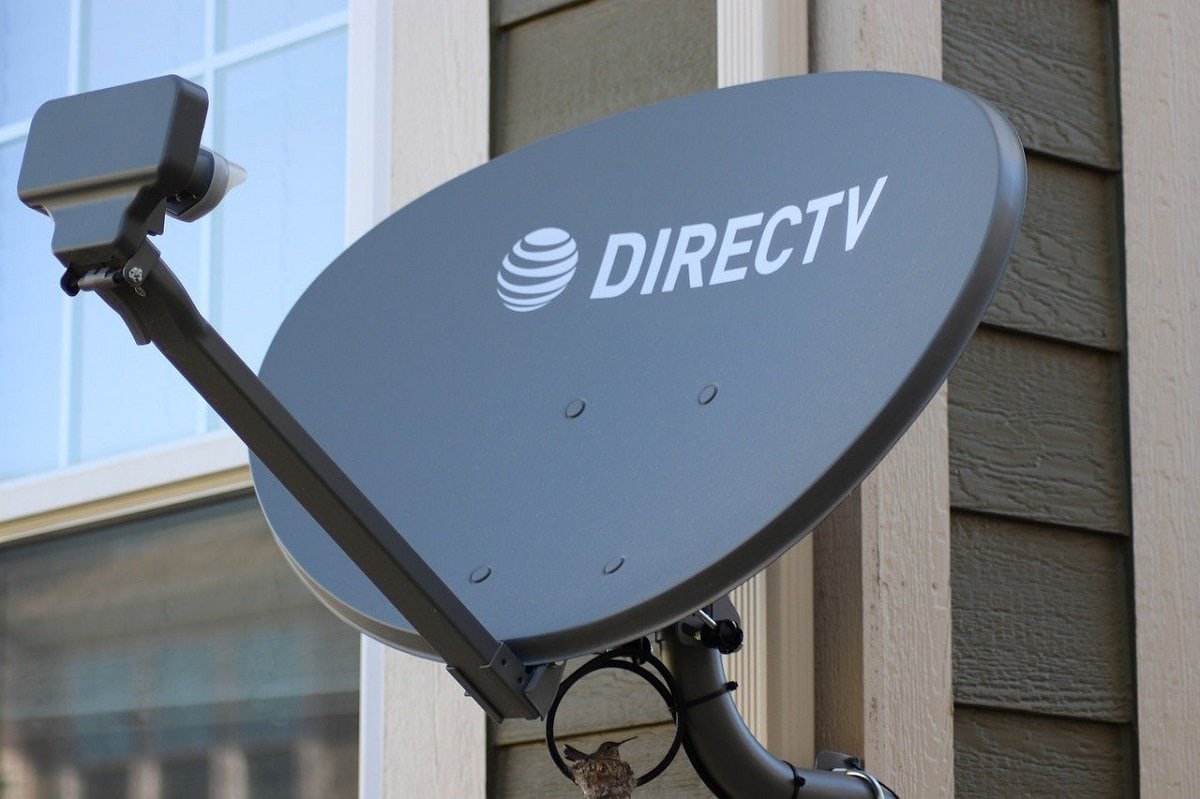Key Points and Summary – DIRECTV is testing life beyond the dish—blocking new satellite sign-ups in select ZIP codes, pushing its streaming product, launching a free ad-supported tier, and rolling out yet another price hike.
-It comes amid years of steep subscriber losses (once 21M, now single-digit millions by most estimates) and the loss of its signature NFL Sunday Ticket exclusive to YouTube TV.
-Corporate missteps didn’t help: AT&T’s costly 2015 acquisition and a later spin-out to TPG, plus a scuttled DISH merger.
-In an era defined by broadband and apps, analysts say the writing’s on the wall: for satellite TV—and DIRECTV—the endgame may simply be the end.
The Story of the Long Decline of DIRECTV
The Street reported this week that customers of DIRECTV are threatening to leave the satellite service, especially after a recent announcement that they plan to stop offering satellite service in certain parts of the country.
Variety described the move as a trial run in some markets, where new customers will only be offered the chance to sign up for its streaming service.
“DirecTV Satellite is not currently available in all areas,” the message posted to some potential customers goes. “Check your service address by entering the ZIP code of the address where you want DirecTV service.”
DIRECTV also offers a “FAST” service called MyFree DIRECTV, similar to Pluto TV and Tubi, which is free and ad-supported, a category known to have surprisingly large audiences. And the other big announcement? Yet another price increase is on the way in October.
The changes come amid continued subscriber losses. Since DIRECTV is no longer a public company, it does not release earnings reports, and we don’t know precisely how many customers it has. However, when it did disclose numbers, the service often lost six-figure worth of subscribers in a quarter. But in the second quarter of last year, Moffett Nathanson estimated that DIRECTV and Dish had lost 495,000 subscribers combined.
History of a Service
DIRECTV launched in 1994 as a satellite-based alternative to cable. The original company was a successor of Howard Hughes’ Hughes Electronics, although Hughes died long before DIRECTV launched. The company has been owned, partially or wholly, by everything from General Motors to AT&T.
According to a “colorful history” of the company published in 2024 by Broadcasting and Cable, DIRECTV was for a time the country’s largest pay TV distributor. However, that had a lot to do with it being national while many cable companies were regional, before the massive consolidation of the cable industry.
At its height, per that report, DIRECTV had 21 million subscribers, a number that’s now in the single-digit millions.
A major selling point for DIRECTV was always its relationship with the NFL, including its exclusive hold on the NFL Sunday Ticket package, which until relatively recently was not available anywhere else.
The Decline Begins
What was it that hurt DIRECTV most? There were a few things, but the most notable was the arrival of broadband Internet, streaming, and the start of the cord-cutting trend, starting in the early to mid-2010s and continuing. The rise of streaming services has prompted customers to streamline their TV watching, especially since it no longer requires heavy equipment.
Then, DIRECTV lost its Sunday Ticket exclusive in 2023, when YouTube TV became the new home, although DIRECTV is still able to offer it in bars and restaurants.
Corporate Chaos
But there have also been some ill-fated mergers. AT&T acquired DIRECTV in 2015 in what has been described as one of the most ill-advised mergers in corporate history. The telecom giant paid $49 billion to buy the company and sold it for $7.6 billion in 2025 to TPG Group. However, the private equity firm had purchased a majority stake in DIRECTV a few years earlier.
Over the years, DIRECTV has made several attempts to merge with Dish Network, including one in 2002 that government regulators rejected. The two sides agreed again to a merger last year, under which DIRECTV would have bought Dish for $1 and assumed its debt. Still, it was scuttled last November. The combined company, CNN reported at the time, would have had 20 million subscribers across satellite and streaming offerings.
“A $9.8 billion deal to create the largest U.S. pay-TV distributor is now dead, with a heavy debt load both undoing this pact and spotlighting the broader challenges across the media business,” was how Front Office Sports described the scuttled deal.
Does DIRECTV have any future?
“The end game is the end,” MoffettNathanson principal and senior analyst Craig Moffett told Broadcasting and Cable. “There are some technologies that eventually go away,“ Moffett added. “It is the natural order of things.
About the Author: Stephen Silver
Stephen Silver is an award-winning journalist, essayist, and film critic, and contributor to the Philadelphia Inquirer, the Jewish Telegraphic Agency, Broad Street Review, and Splice Today. The co-founder of the Philadelphia Film Critics Circle, Stephen lives in suburban Philadelphia with his wife and two sons. For over a decade, Stephen has authored thousands of articles that focus on politics, national security, technology, and the economy. Follow him on X (formerly Twitter) at @StephenSilver, and subscribe to his Substack newsletter.
More Military
F-22 Raptor vs. Israel’s F-35I Adir: Who Wins?
Dassault Rafale Fighters Just Sent to Russia’s ‘Backyard’
F-15EX Eagle II vs. Su-57 Felon: Who Wins?
The Boeing X-32B Stealth Fighter Deserves a Better Fate Than This











Joe
September 29, 2025 at 9:09 pm
Fake news. Please do your research before writing articles.